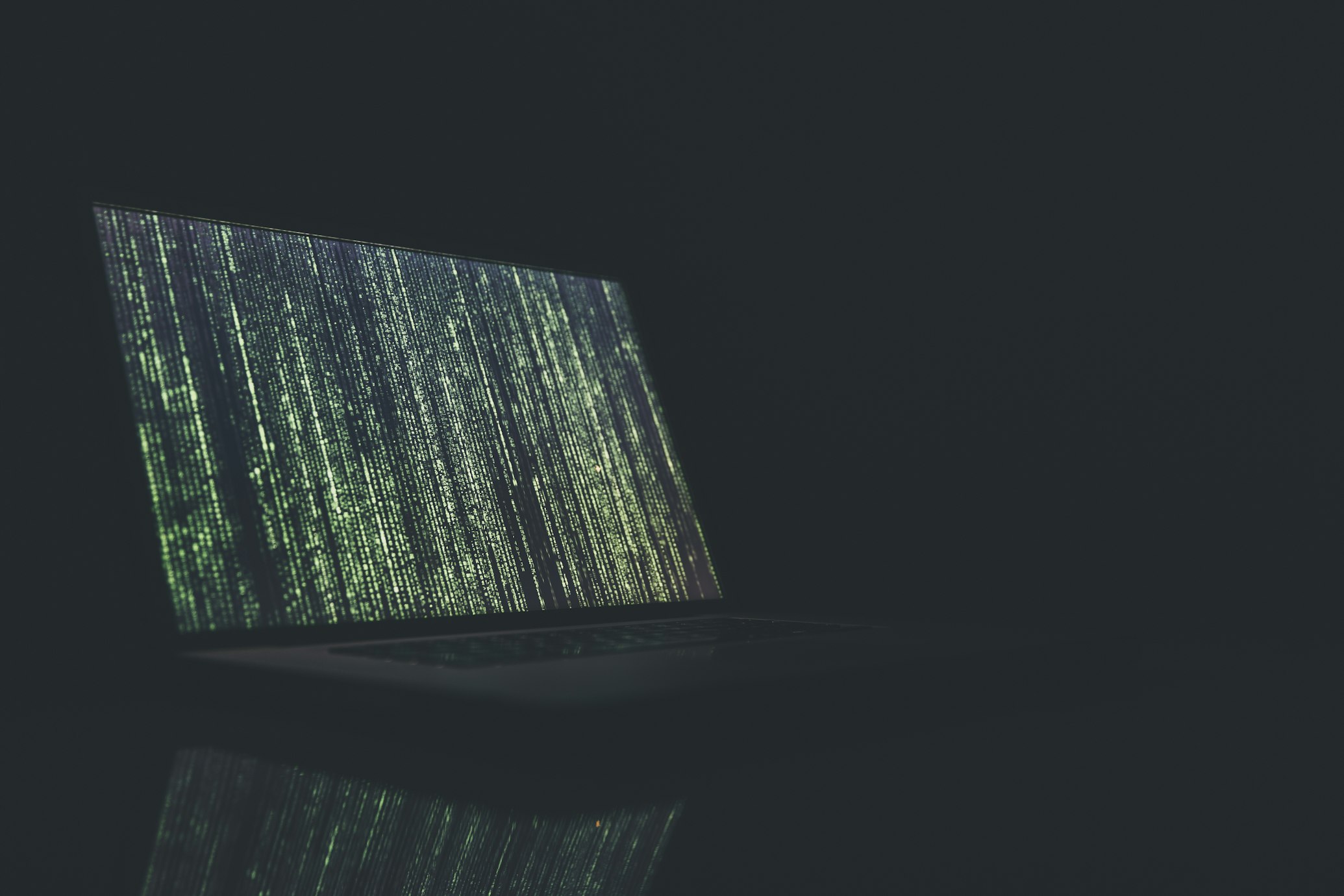As we dive into 2025, the cybersecurity landscape continues to evolve at an unprecedented pace. The threat landscape is becoming increasingly complex, with new vulnerabilities and attack vectors emerging daily. In this article, we’ll explore the biggest cybersecurity threats facing individuals, businesses, and organizations in 2025. We’ll also provide actionable insights to help you prepare and protect yourself against these threats.
1. Artificial Intelligence-Powered Attacks
Artificial intelligence (AI) and machine learning (ML) are being leveraged by cybercriminals to launch sophisticated attacks. AI-powered attacks can evade traditional security measures, making them more challenging to detect and respond to. These attacks can include:
- AI-generated phishing emails: Cybercriminals use AI to craft highly convincing phishing emails that can bypass traditional spam filters.
- AI-powered malware: Malware that can adapt and evolve to evade detection by traditional security software.
2. Internet of Things (IoT) Vulnerabilities

The IoT has expanded the attack surface, providing cybercriminals with new opportunities to exploit vulnerabilities. As more devices become connected, the risk of IoT-based attacks increases. These attacks can include:
- Smart home device hijacking: Cybercriminals can gain control of smart home devices, such as thermostats, security cameras, and door locks.
- Industrial control system (ICS) attacks: Cybercriminals can target ICS, which can have devastating consequences for critical infrastructure, such as power grids and water treatment plants.
3. Cloud Security Risks
As more data and applications move to the cloud, the risk of cloud security breaches increases. Cloud security risks can include:
- Misconfigured cloud storage: Sensitive data can be exposed due to misconfigured cloud storage settings.
- Cloud-based malware: Malware can be hosted in the cloud, making it easier to distribute and launch attacks.
4. Supply Chain Attacks
Supply chain attacks involve targeting third-party vendors or suppliers to gain access to sensitive data or systems. These attacks can include:
- Third-party vendor compromise: Cybercriminals can compromise third-party vendors, such as software suppliers or contractors, to gain access to sensitive data or systems.
- Software supply chain attacks: Cybercriminals can inject malware into software updates or patches, which can then be distributed to unsuspecting users.
5. Ransomware Evolution
Ransomware continues to be a significant threat, with cybercriminals evolving their tactics to make attacks more devastating. Ransomware attacks can include:
- Double extortion: Cybercriminals not only encrypt sensitive data but also threaten to release it publicly unless the ransom is paid.
- Triple extortion: Cybercriminals not only encrypt sensitive data and threaten to release it publicly but also launch DDoS attacks against the victim’s website or network.
6. Social Engineering Attacks

Social engineering attacks involve manipulating individuals into divulging sensitive information or performing certain actions. These attacks can include:
- Phishing attacks: Cybercriminals use fake emails, texts, or messages to trick individuals into divulging sensitive information, such as login credentials or financial information.
- Business email compromise (BEC): Cybercriminals use fake emails to trick employees into transferring funds or divulging sensitive information.
Preparing for the Biggest Cybersecurity Threats in 2025
To prepare for the biggest cybersecurity threats in 2025, individuals, businesses, and organizations must take a proactive and multi-layered approach to security. Here are some actionable insights to help you prepare:
- Implement AI-powered security solutions: Leverage AI-powered security solutions to detect and respond to AI-powered attacks.
- Conduct regular IoT security audits: Regularly audit IoT devices to identify and address vulnerabilities.
- Use cloud security best practices: Implement cloud security best practices, such as encrypting data and using secure authentication protocols.
- Monitor third-party vendors: Regularly monitor third-party vendors to ensure they are adhering to security best practices.
- Implement a ransomware response plan: Develop a ransomware response plan to quickly respond to and contain ransomware attacks.
- Educate employees on social engineering attacks: Educate employees on social engineering attacks and provide regular training on how to identify and respond to these attacks.
Conclusion
The cybersecurity landscape in 2025 is complex and ever-evolving. To stay ahead of the threats, individuals, businesses, and organizations must be proactive and take a multi-layered approach to security. By understanding the biggest cybersecurity threats in 2025 and implementing actionable insights, you can better prepare yourself to face the challenges of the evolving threat landscape.

